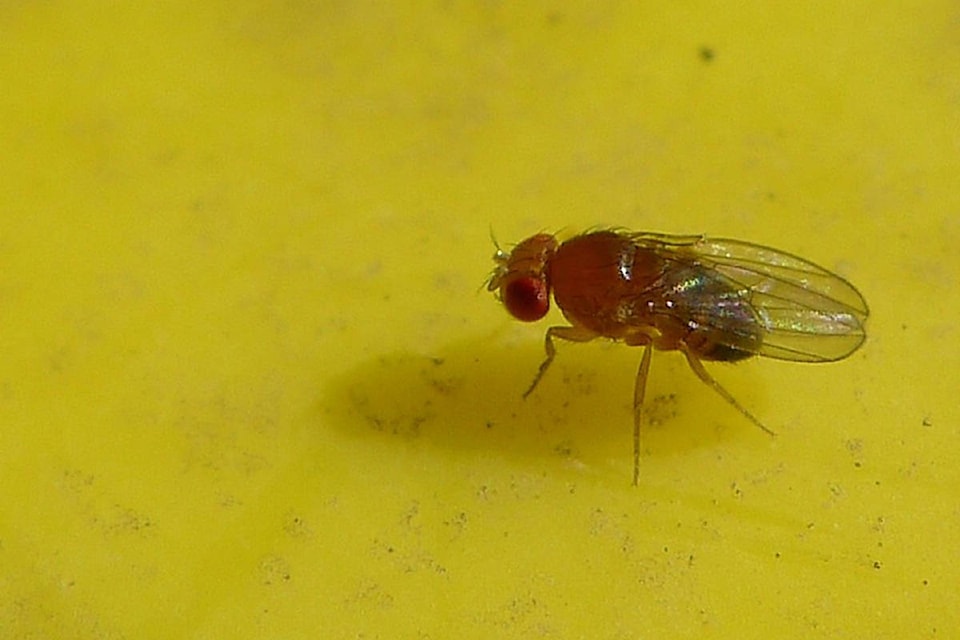The weather might be getting colder, but fruit flies still seem to be sticking around in many homes.
Social media has been buzzing about the pesky bugs, and there are several theories on the best way to get rid of them.
For those unaware, fruit flies are small insects - about 2.5 millimetres to 4 mm long - and can be coloured tan or yellow to light brown with bright red eyes.
, for many years, fruit flies were thought to spontaneously generate on ripe and rotting produce, but that myth has been disproven.
In most cases, fruit flies have either found their way inside the home by following the odours of ripe fruit or have been transported there along with the produce. This not only underlines the importance of washing the fruits and vegetables that are brought into the home, but also means that you should not keep excess quantities of produce exposed.
Fruit flies are known for their rapid reproduction and relatively short lifespans. The average lifespan of a fruit fly is about 40 to 50 days.
Fruit flies cannot bite or chew, so in order to eat, a fruit fly will repeatedly eject its own saliva on to food and then suck up the resulting mixture. This is an extremely unhygienic process, leaving behind bacteria and organisms that were once inside the fly.
Fruit flies can also carry and transmit disease-causing germs. When fruit infested with fruit fly larvae is consumed accidentally, it can cause gastrointestinal discomfort and diarrhea.
Females fruit flies lay approximately 400 eggs, about five at a time, into rotting fruit or other suitable materials. The eggs, which are about 0.5 millimeters long, hatch after 12-15 hours. The larvae grow for about 4 days, during which time they consume the yeast and microorganisms which decompose the fruit as well as the sugar of the fruit itself.
But, how do you get rid of the critters? Orkin Canada claims a good sanitation program and professional pest control services are the best route to go.
However, there appear to be many solutions available online.
including creating a trap inside a glass of apple cider vinegar using plastic wrap and a rubber band.
Another option is rolling a paper cone into a jar of ripe fruit. The narrow end of the cone makes it difficult for the flies to escape.
Vinegar and dish soap is another idea, as using a bowl of the mixture uncovered can lead to flies drowning to death.
What method do you recommend?



